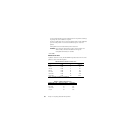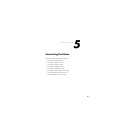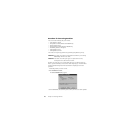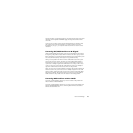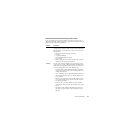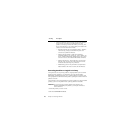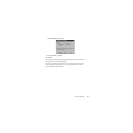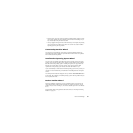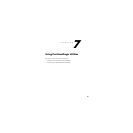
Chapter 5: Converting Partitions76
Converting Partitions to Logical or Primary
You might want to convert a primary partition to a logical partition if you have reached
the limit of primary partitions on your hard disk. If you create a logical partition,
PartitionMagic will automatically place it in an extended partition. You can then create
more logical partitions within that extended partition, expanding the maximum number of
partitions on the disk.
You might want to convert a logical partition to a primary partition if you plan to install an
operating system on it. The partition must be a primary partition to be bootable.
IMPORTANT! If you convert an active primary partition to logical (such as your
Windows NT/2000/XP system partition), your computer will not boot
from the hard drive.
5 Select the partition you want to convert.
6 On the toolbar Partition ➤ Convert.
No Warning The conversion is allowed. The most basic NTFS partition still gives
files more features than are found in FAT or FAT32. When Windows
NT 4.0 is used to copy files from an NTFS partition to a FAT
partition, no warning is given about the features you are losing. Also,
the conversion will not give you a warning about specific features that
cannot be converted. These features include:
• Standard journal file (only used internally by NTFS) - This file is
a transaction log of changes to the NTFS file system. After
conversion, the journal file will be lost.
• NTFS-specific file attributes - NTFS and FAT both have
standard file attributes, such as Read-only, Archive, Hidden, and
System. NTFS has additional file attributes that can be set. After
conversion, however, these additional file attributes will be lost.
• NTFS-specific file dates - The last edit date is converted to the
FAT date. After conversion, the creation date, last access date,
and last edit date (date change only) will be lost.
• Reliable change journal - This journal file is used by Windows
2000 and Windows XP. After conversion, this file will be lost.
Warning Description



